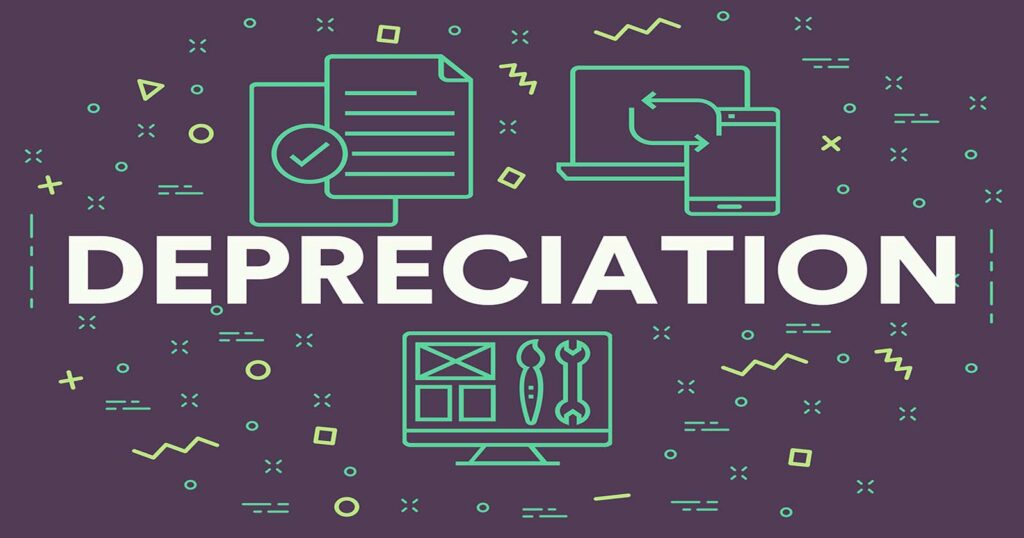Assets are another one of the key categories of accounting transactions that get rolled up into accounts. We will break it down and make assets simple to understand by the end of this quick post. If you have no previous knowledge of accounting, don’t worry and let’s get up to speed on assets.

What Are Assets in Accounting?
The definition of assets is simple. Assets are what the business or yourself owns and can provide future benefits.
A few examples would be cash, inventory, and land. We are going to go into quite a few examples below but first, we will tackle why assets are important to accounting.
Why Are Assets Important in Accounting?
Assets are the way in accounting to track what is owned. It is an essential piece in the accounting equation to offset liabilities plus equity. You’ll find assets on the balance sheet along with liabilities and equity.
Assets can be used to provide future benefits. Essentially they are resources for a business or individual.
Learn More:
Accounting Debits vs Credits: What is the Difference?
Are Assets a Good Thing?
Companies and individuals want assets. Having assets is a positive thing for a business. It means they can use their assets and hopefully create more assets.
Owners and investors both want to see businesses that have strong assets on their accounting books. For example, strong assets could be a pile of cash, land or equipment.
What Are Some Examples of Assets? (Asset Examples)
The most helpful thing to do is to look at some examples of accounts that are assets. It will begin to make a lot more sense.
Cash & Cash Equivalents: Cash is simple. We’re sure you are familiar with it. Cash equivalents are money markets and short-term securities like T Bills with a maturity of 12 months or less. Typically they are considered liquid since they will mature in that timeframe.
Accounts Receivable: Simply put, these are monies owed to a company. Often accounts receivable is for services or goods, delivered but not paid for yet.
Inventory: All those goods that a business carries to sell are inventory.
Property, Plant & Equipment (“PP&E”): PP&E is land, vehicles and equipment. They can be used to generate benefits. Generally, this is one of the largest accounts of assets for some companies.
Investments: This account can hold equities, bonds or derivatives. The company or an individual would be looking to get a return on their investments.
Types of Assets ( Current vs. Non-Current Assets)

There are two types of assets in regard to duration. Current assets are assets that are convertible to cash i.e. can be sold into cash within 12 months. Current assets would include cash, marketable securities, inventory and accounts receivables.
Non-current assets are long-term assets that take more than 12 months to convert to cash. This could be land, equipment, plants and goodwill.
Learn More:
What is the General Ledger? Beginner Friendly
How Are Assets Different Than Income
Assets are what you own while income is what you make.
This means assets will show up on the balance sheet with liabilities and equity. Income shows up on the income statement with expenses. You’ll never see assets on the income statement and income will never be on the balance sheet.
Income can be seen as the business revenue whereas assets are what the company owns and uses for future economic benefits.
A Recap on Accounting Assets: Key Takeaways
Assets are a basic accounting term that you are going to use every day in accounting classes and at work. Here’s what we covered:
- Assets represent what the business owns and can be used to generate future economic benefits
- They are shown on the balance sheet.
- Assets are categorized as current or non-current.
- Current assets can be liquidated/converted to cash in 12 months.
- Non-current assets take more than 12 months to convert to cash.
Final Thoughts on What Assets Mean in Accounting
At this stage, you should have a basic understanding of assets. From the definition of assets to the examples of a few accounts, you should have a clearer picture of what liability means in accounting. Once you have a solid understanding of assets, liabilites and equities, you’ll be ready for more detailed beginner accounting concepts. If you are still getting stuck, be sure to leave a comment below!



